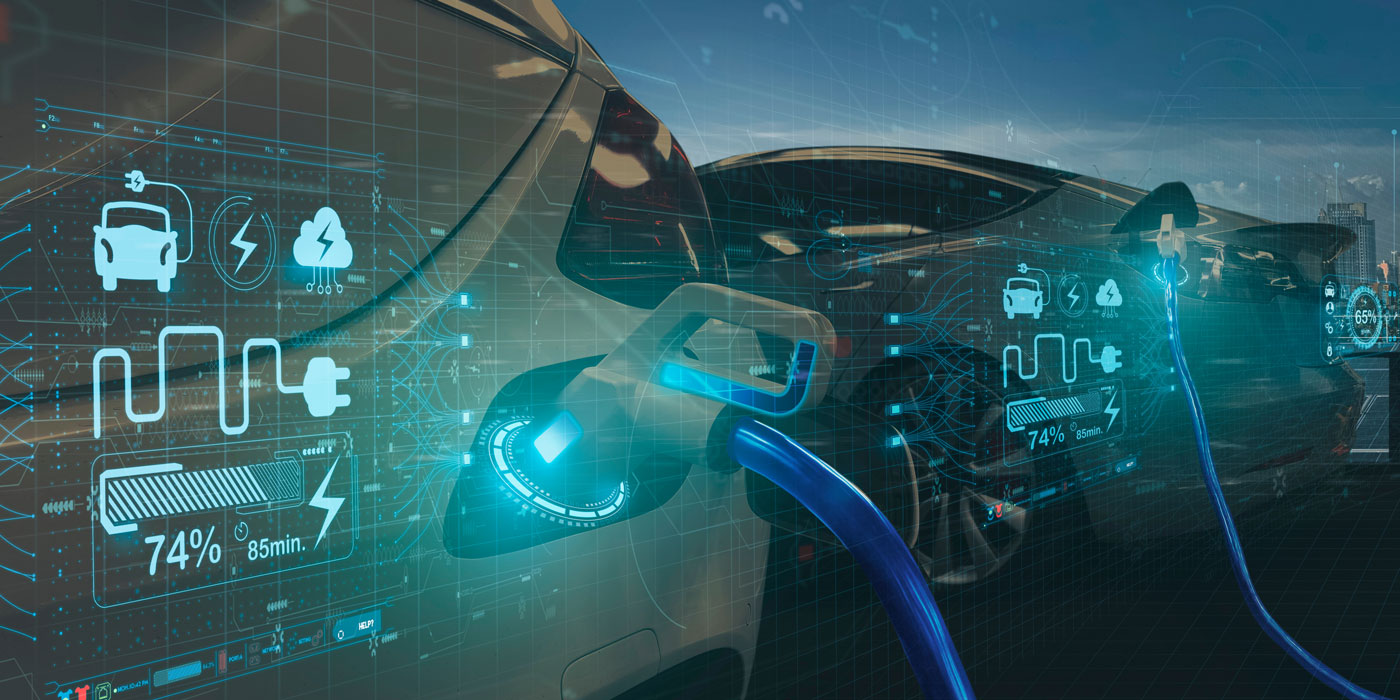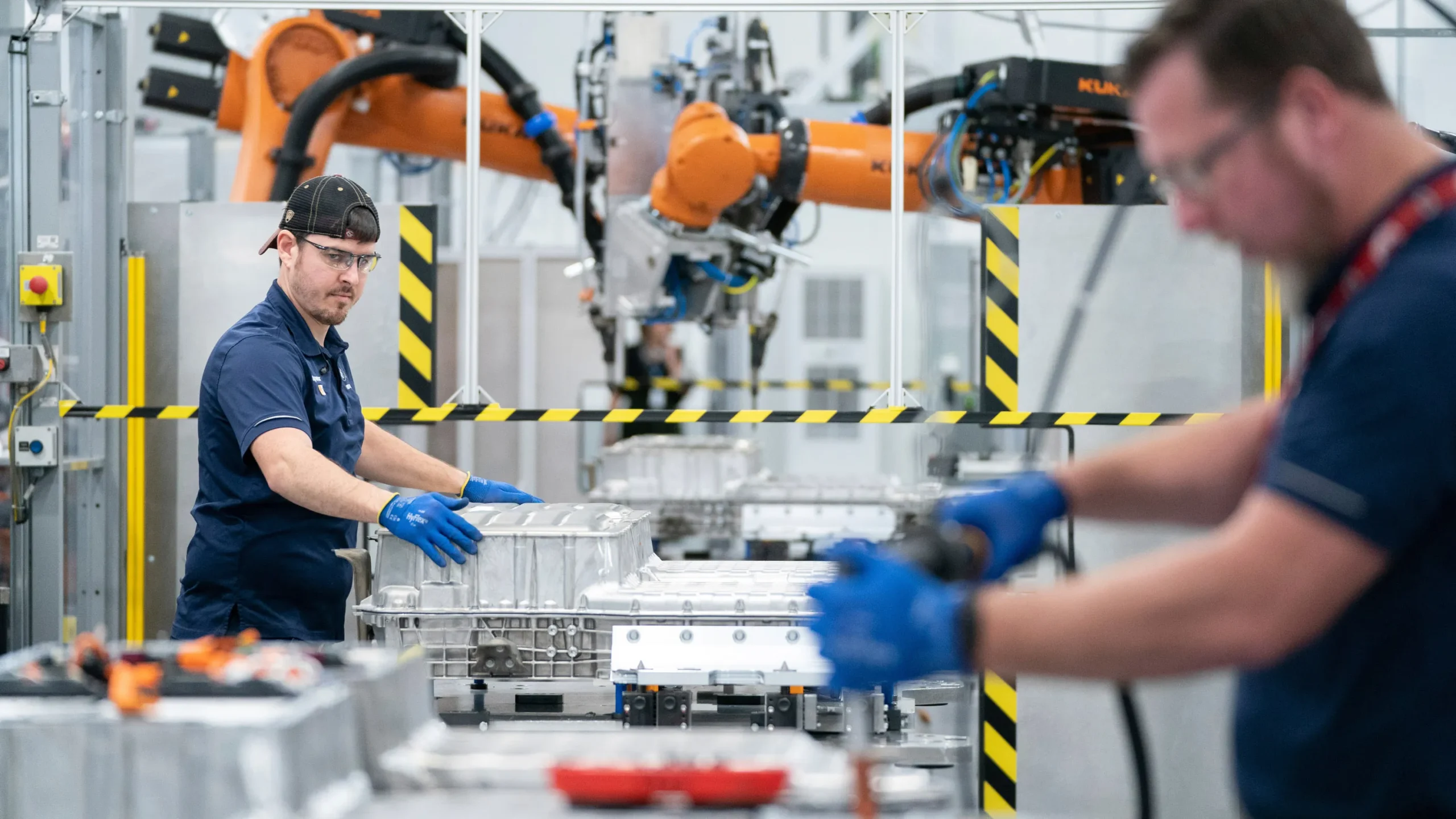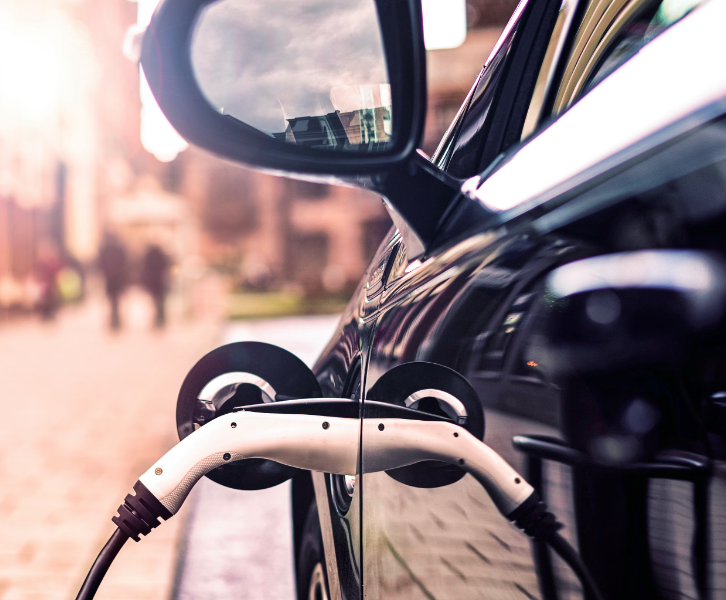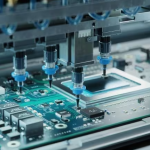Future Battery Market and Technology Trends that Will Revolutionize the Electric Vehicle Industry Worldwide
In recent years, electric vehicles have emerged as a critical component in the global implementation of environmental legislation. To do so, the car industry has accepted the necessity of developing new technologies beyond the current framework of internal combustion engine (ICE) vehicles. Therefore, they are adjusting their business models and tactics to keep up with the times. The battery is the most important and costly part of an electric vehicle, and the race to gain market share in the EV battery industry is heating up among original equipment manufacturers and battery manufacturers across the world. The silver lining is that this frenetic pace is allowing innovative new technology to enter the market.
Lithium-ion batteries have recently surpassed other types of car batteries in popularity. This is because, despite their relatively tiny size, lithium-ion batteries can store a significant quantity of energy. Sustainable, efficient, and cost-effective alternatives to lithium batteries have been created and investigated in recent years. According to the experts, the majority of the new battery technologies are neither revolutionizing the way energy is stored or how devices are powered. Safety concerns, such as the risk of fire, and concerns about the long-term viability of the magnesium, cobalt, and nickel used in the production of lithium-ion batteries are driving much of the current technological investigation.
In addition, scientists have noted, lithium-ion batteries and other battery technologies have undergone significant developments in recent years. So, let’s see what’s in store for the global EV market in terms of battery technology in the following paragraphs.

NCM 811
Battery manufacturers are spending a lot of money on research and development to increase the energy density of lithium-ion batteries; this has helped increase the speed and range of electric vehicles (EVs) thanks to advances in high-energy source materials and per-unit cell size. However, many initiatives have been launched to raise the nickel content in cathode materials generally. According to Counterpoint Research, numerous major battery manufacturers have previously stated that they want to introduce NCM 811 by 2019–2020. According to Counterpoint Research, NCM 811, which is comprised of 80% nickel, 10% cobalt, and 10% manganese, has greater endurance and provides EVs with longer range on a single charge. AESC, a manufacturer of batteries, has announced production of NCM811, which, by 2020, is expected to deliver 300Wh/Kg and 600-650Wh/L.
Solid-State Batteries
These batteries use a solid electrolyte as opposed to a gel or liquid one. Most solid electrolytes are sulfite-modified polymers, ceramics, or glasses. BMW, a global leader in the automotive industry, recently announced that it will begin testing solid-state batteries from Solid Power for use in its upcoming electric vehicles (EVs) sometime this year. According to PCMag, these cells may already be found in some pacemakers and smartwatches. These batteries are more powerful and efficient than lithium-ion ones. As a result, electric vehicle batteries might be lighter, smaller, and charge more quickly. Solid-state batteries, according to certain media accounts, have seven times the charging capacity and last longer. They are risk-free to use since the solid electrolytes cannot catch fire. According to CNBC, these batteries may be employed in EVs as soon as 2024.
Lithium-sulfur Batteries
Sulfur is used in the cathode of these batteries, which is more environmentally friendly than the cobalt and nickel often used in anodes containing lithium metal. Conamix, a battery manufacturer based in the United States, is conducting research to bring this technology to life and plans to introduce it to the market within the next five years. These batteries have expanded beyond their original function in energy storage and are now found in trains and airplanes. The experts say that sulfur can help bring down costs because it is readily available and inexpensive. Since this battery uses the same production method as lithium-ion batteries, no new factories are needed to make them. However, these batteries corrode easily and don’t last as long as lithium-ion ones.
Sodium-ion Batteries
These are nearly identical to lithium-ion ones, with the notable exception that seawater is used as the electrolyte, making them an excellent energy storage option. These batteries have the capacity to store about two-thirds the amount of energy while having a low energy density, and they also pose less risk of catching fire. The materials used in their construction make them superior than lithium-ion batteries in terms of performance at low temperatures and recycling ease. They are not yet acceptable for use in EVs, but scientists are developing new procedures and technologies to change that.
The Current Stage of Battery Production Capacity and Market Size
According to a recent survey conducted by Counterpoint Research, the number of passenger EVs (including BEVs and PHEVs) will top 11 million units by the end of 2025. By 2025, it is widely predicted, the price of electric automobiles would be comparable to that of a normal ICE vehicle, creating novel opportunities for battery manufacturers and original equipment manufacturers. Therefore, it is expected that the passenger EV battery market would reach over 600 GWh by 2025, allowing the sector to reap a profit of over US$60 billion.

Battery Energy Density And EV Range On The Rise
Ford, the automaker, said a month ago that it would open a new factory in Michigan to produce lithium iron phosphate batteries specifically for electric vehicles. The facility is scheduled to open in 2026 after an initial expenditure of $3.5 billion. Ford’s executive chair Bill Ford told reporters, “This is a big deal,” during a news conference when Michigan governor Gretchen Whitmer announced the factory’s construction. Ford can increase production of EVs and lower their price by using more battery alternatives.








